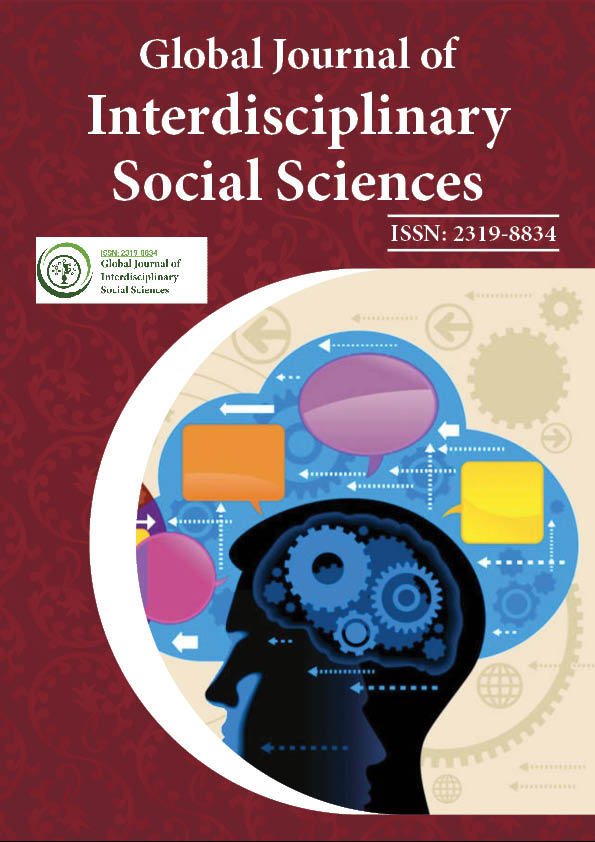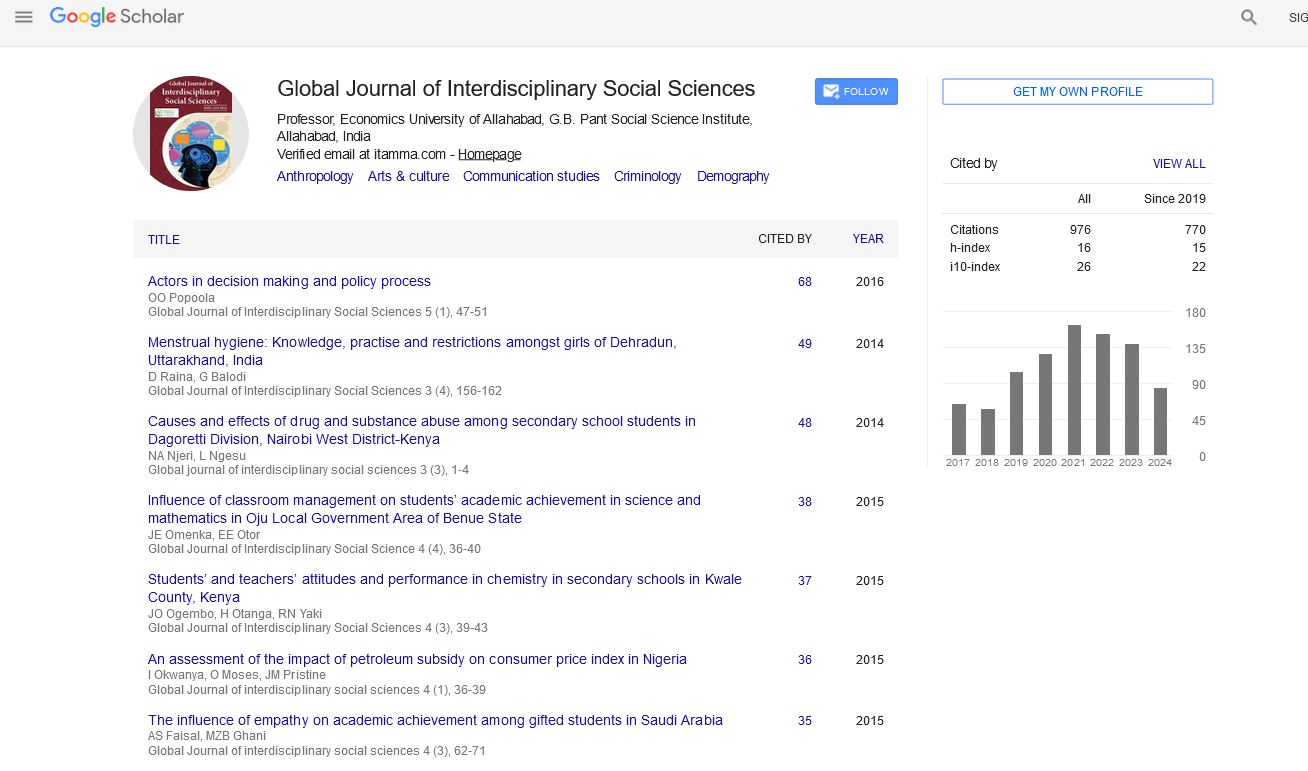Indexed In
- JournalTOCs
- Google Scholar
Useful Links
Share This Page
Journal Flyer

Open Access Journals
- Agri and Aquaculture
- Biochemistry
- Bioinformatics & Systems Biology
- Business & Management
- Chemistry
- Clinical Sciences
- Engineering
- Food & Nutrition
- General Science
- Genetics & Molecular Biology
- Immunology & Microbiology
- Medical Sciences
- Neuroscience & Psychology
- Nursing & Health Care
- Pharmaceutical Sciences
Abstract
Examination of the Degrees of Internationalization of Faculties in the Top Universities in China, Hong Kong, Japan, Singapore and South Korea
Takashi Sagara
In a wide range of global university rankings, Asian universities have currently been better represented than before. As a result, it is often expected that Asian top universities will dominate the world university rankings in the near future. However, though the results of China, Hong Kong, Singapore and South Korea have been generally remarkable in the rankings, Japan has been less successful because of the widely-recognized weakness of Japanese universities, namely internationalization. Japanese universities are assessed as less internationalized partly because most faculties in Japanese universities are not from outside the country. However, internationalization of faculties can be measured by the countries of PhD-granting institutes of faculties rather than their nationalities. Further, though the proportion of faculties with overseas PhDs or the quantity of internationalization of faculties is an important factor to measure the internationalization of faculties, the proportion of faculties with the world’s best universities is also significant to understand the quality of internationalization of faculties. This paper thus examines the quantity and quality of internationalization of faculties in the top universities in China, Hong Kong, Japan, Singapore and South Korea in order to understand whether Japan is really unsuccessful in the internationalization of faculties in its universities.

